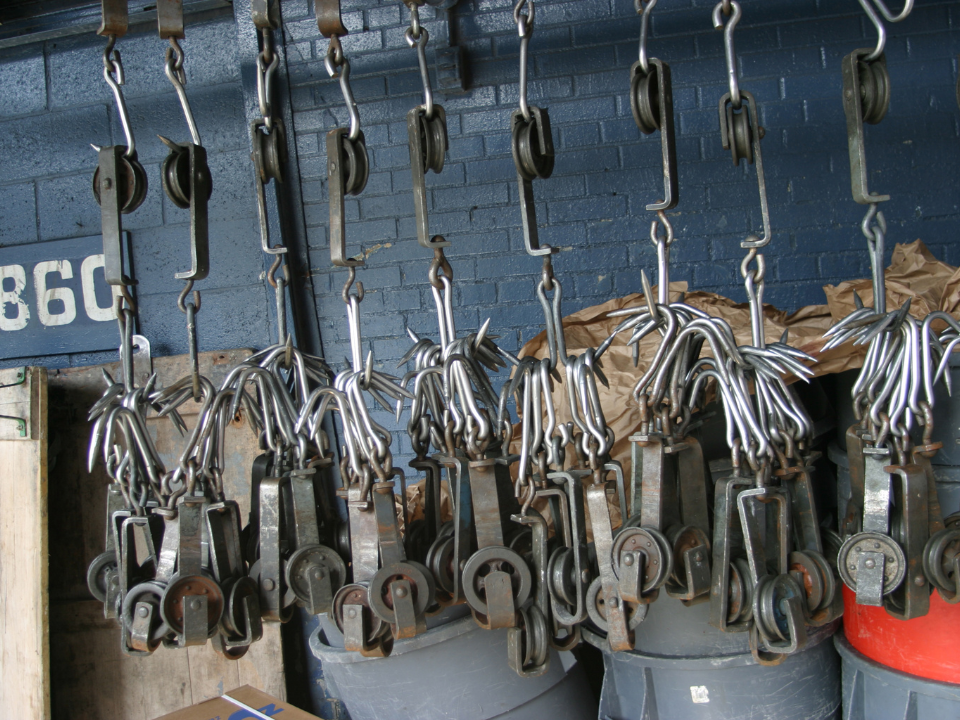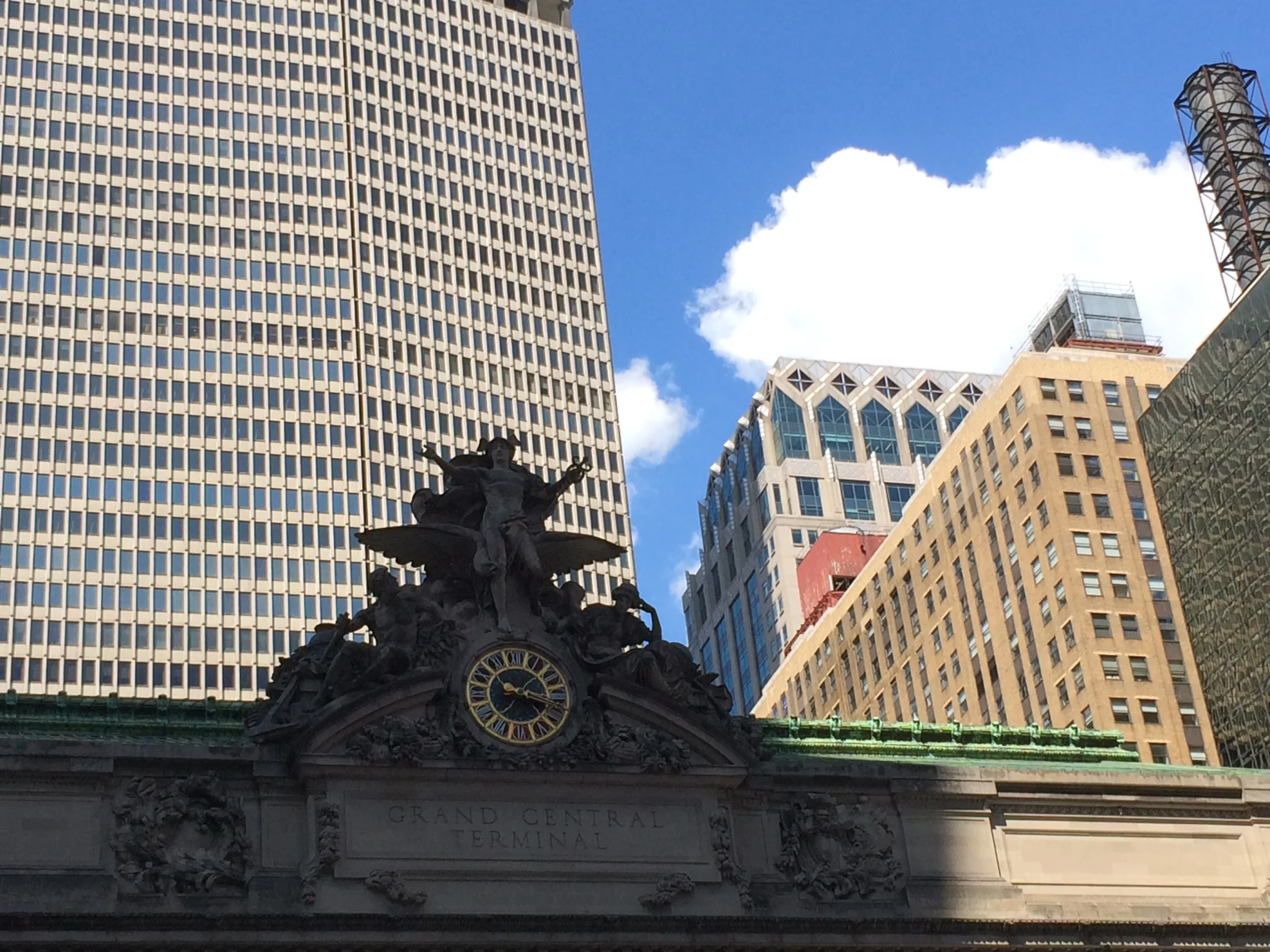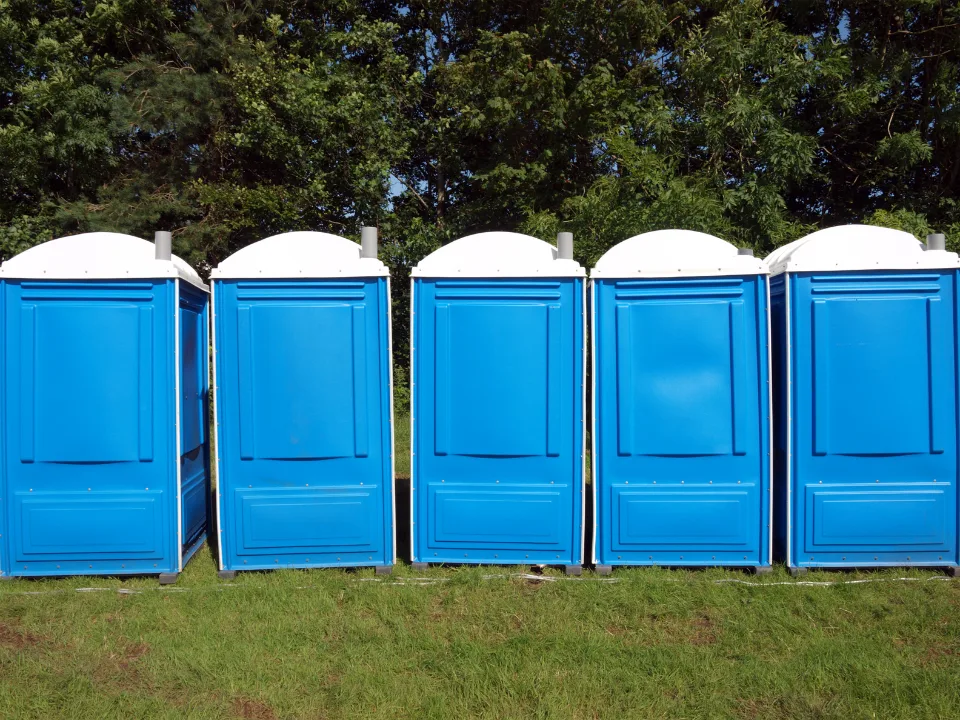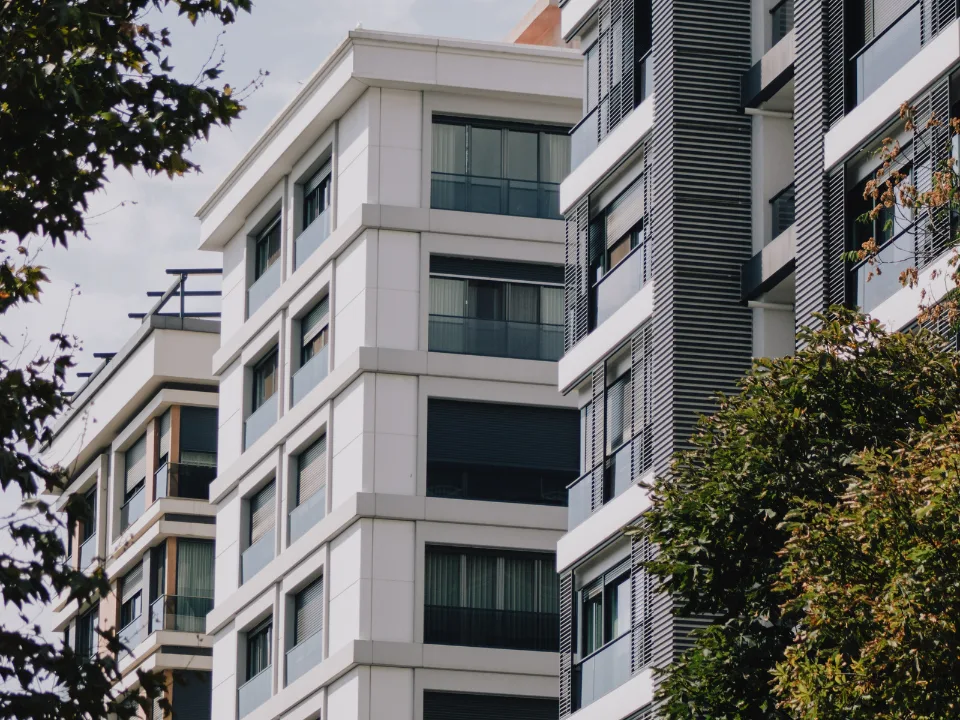- New York City plans to build up to 600 mixed-income units, 50% of which will be affordable housing, on the former site of the Gansevoort Meat Market.
- Plans also include a new 11.2 KSF public park and potential expansion spaces for the Whitney Museum and the High Line.
- The city’s initiative aligns with broader efforts to reimagine commercial districts as round-the-clock communities with both residential and cultural amenities.
According to CoStar, Manhattan’s historic Meatpacking District is slated for a major transformation. New York City plans to add hundreds of housing units and public spaces to the former meat market.
In Focus
Located on Little West 12th Street, the Gansevoort Meat Market has agreed to end its lease early in cooperation with the city and the New York City Economic Development Corporation (NYCEDC), clearing 66 KSF for new uses.
Mayor Eric Adams announced that a developer will be selected to turn the site into a mixed-income residential complex, which will include up to 600 housing units, with half designated as affordable housing.
Cultural Expansion
The redevelopment plan calls for an 11.2 KSF public open space in addition to housing. Another 45 KSF could be allocated for cultural use, with the Whitney Museum of American Art given a “right of first offer” to expand its facilities.
The site may also provide additional operational space for the High Line, the popular elevated park nearby, creating new linkages in the area’s community spaces.
NYCEDC President Andrew Kimball described the redevelopment as an opportunity to create a “24/7 live, work, play, and learn community” that meets local housing needs while preserving the district’s iconic appeal. The city will initiate a community engagement process to ensure local input on the project.
Get Smarter about what matters in CRE
Stay ahead of trends in commercial real estate with CRE Daily – the free newsletter delivering everything you need to start your day in just 5-minutes
End of an Era
The move also signals the close of the Meatpacking District’s nearly century-old legacy as a center for food processing.
The Meatpacking District, which dates back to the 1880s as a center for New York’s public markets, has evolved into a hub of high-end retail and entertainment over recent decades.
Protected as a landmark district, it has seen substantial commercial growth, with total commercial square footage reaching 7.6 MSF in 2024, up 5% from 2011. Residential space has also increased, though at a slower pace, reaching 2.53 MSF.
The Gansevoort Meat Market, comprising seven vendors, represents the last of the area’s original meat-processing businesses, many of which have been multigenerational family operations. John Jobbagy, president of Gansevoort Meat Market, acknowledged that technological shifts and modern standards have made the current building unsuitable for contemporary processing needs.or’s recovery. As both parties present diverging tax strategies, the U.S. CRE market’s fortunes may hinge on the outcome of the 2024 election.

















